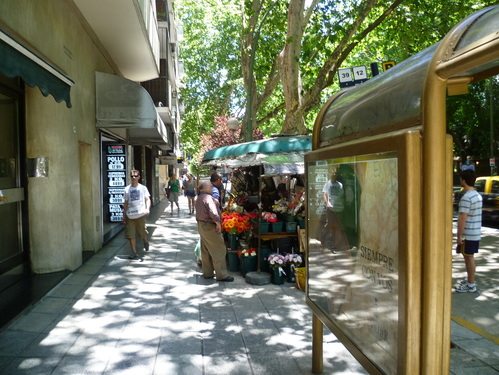 A bus stop and flower kiosk on the tree-lined Avenida Santa Fe in the Palermo district of Bs. As.
A bus stop and flower kiosk on the tree-lined Avenida Santa Fe in the Palermo district of Bs. As. As an urban greening (and livability) advocate, certain things stood out: the canopy of trees over almost every street; the wide, green balconies; the excellent urban transport system; and a street design that fosters a lively street culture.
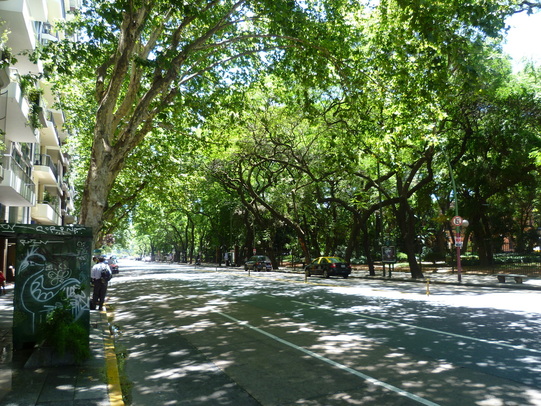 The wide canopy of trees on so many streets provides wonderful shade on hot summer days.
The wide canopy of trees on so many streets provides wonderful shade on hot summer days. Despite all the financial nightmares that this country and city have been through, the trees are maintained, and I noted a lot of new tree planting, as well.
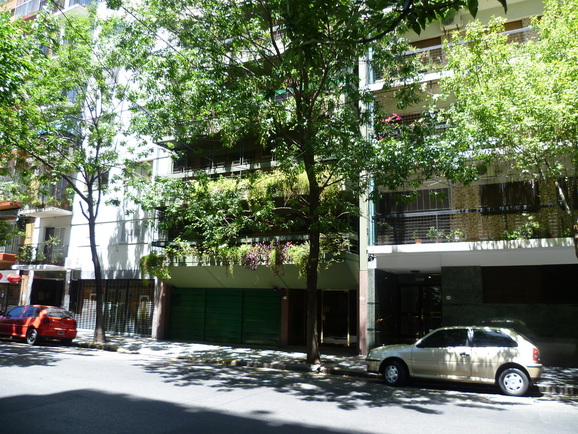 Some green balconies on a street near where we rented an apartment in Palermo.
Some green balconies on a street near where we rented an apartment in Palermo. I've noticed a trend in many cities (Bogotá, for one) to exclude balconies from new buildings, presumably to maximize indoor floor space. This trend doesn't seem to have caught on in Buenos Aires. Even the newest apartment towers I saw include broad balconies.
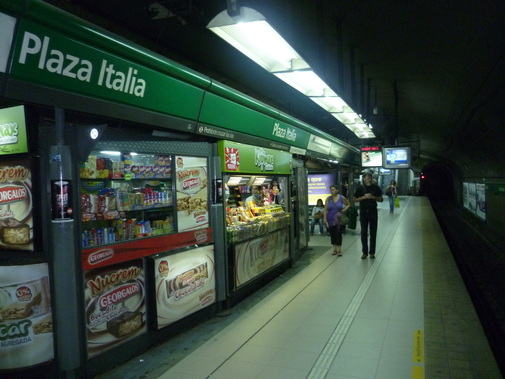 Plaza Italia station on the D line, which runs through some of the wealthiest neighborhoods of the city.
Plaza Italia station on the D line, which runs through some of the wealthiest neighborhoods of the city. 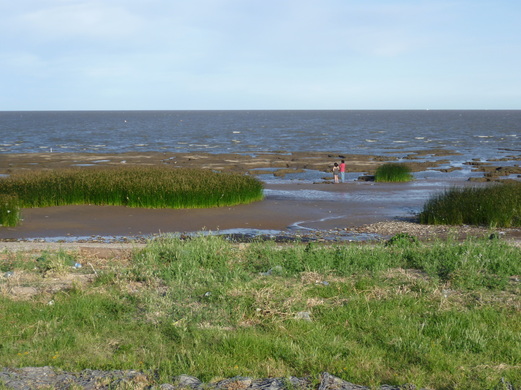 Marshy area along the Rio de la Plata, at low tide.
Marshy area along the Rio de la Plata, at low tide. 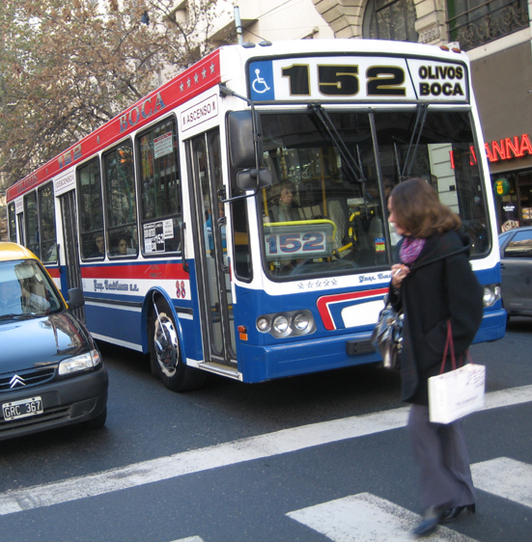
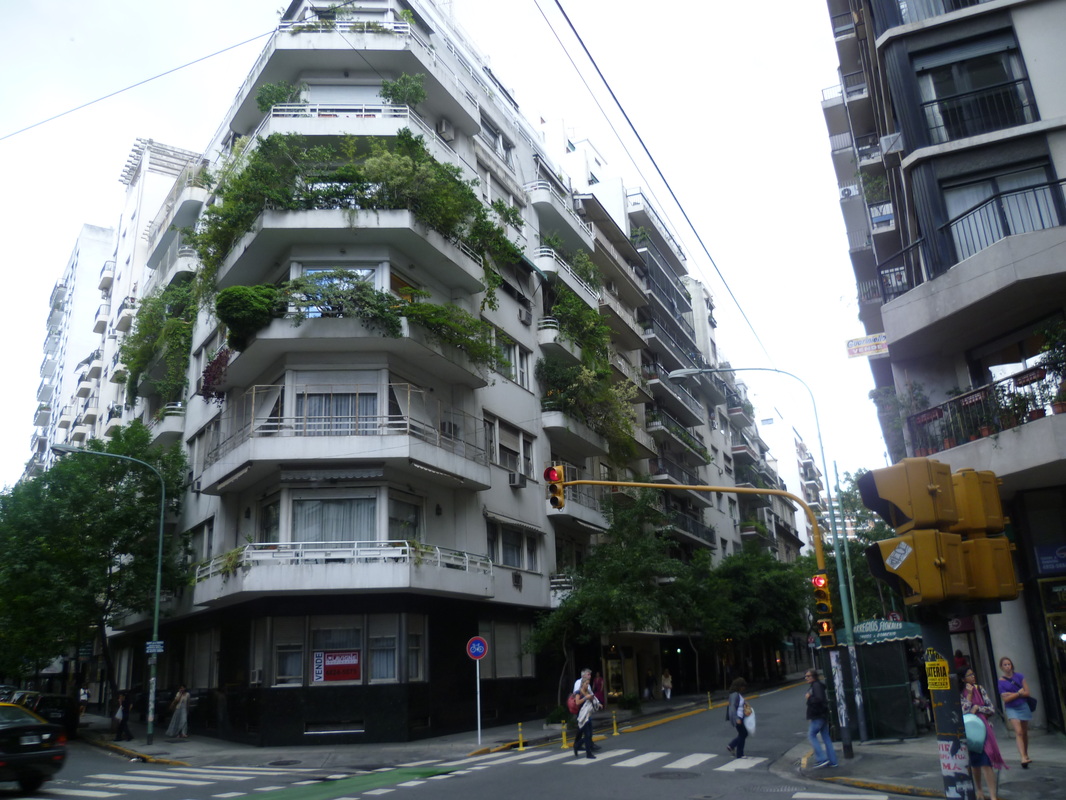
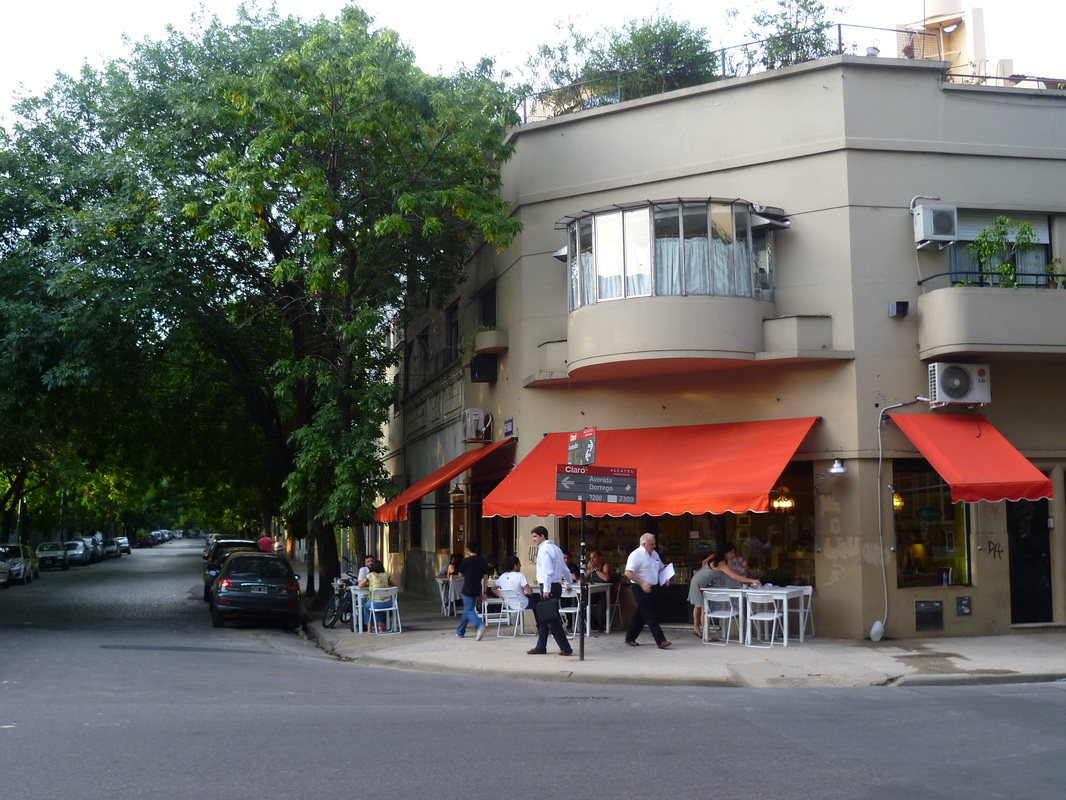

 RSS Feed
RSS Feed

